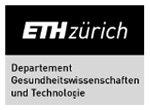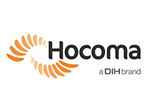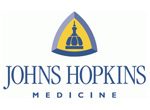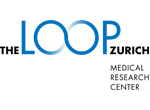نحن نضع أبحاث السكتة الدماغية موضع التنفيذ
الابتكار هو أكثر من مجرد كلمة طنانة بالنسبة لنا. نحن مجهزون بمعهد الأبحاث الخاص بنا وبفضل التعاون البحثي القوي ، نحن لا نطبق فقط التقنيات المبتكرة في ممارساتنا بأسرع ما يمكن ، ولكننا أيضًا نختبر كفاءتها في العلاج.
أهداف البحث
الهدف من أبحاثنا وشراكاتنا هو تطوير شكل جديد لإعادة التأهيل العصبي يتم دمجه بسلاسة في الروتين اليومي لمرضانا. الهدف هو أن تدرب نفسك من خلال أن تكون نشطًا قدر الإمكان. يتم توفير الملاحظات التصحيحية اللازمة والمساعدة وتدابير السلامة عن طريق التكنولوجيا الذكية والتفاعل مع المعالجين.
نحن نشارك باستمرار في التعاون البحثي المبتكر والمشاريع التي تعمل جنبًا إلى جنب مع الهيئات التعليمية المشهورة في جميع أنحاء العالم ونهدف دائمًا إلى أعلى مستويات الجودة في إعادة التأهيل العصبي ، بناءً على أحدث التطورات العلمية.
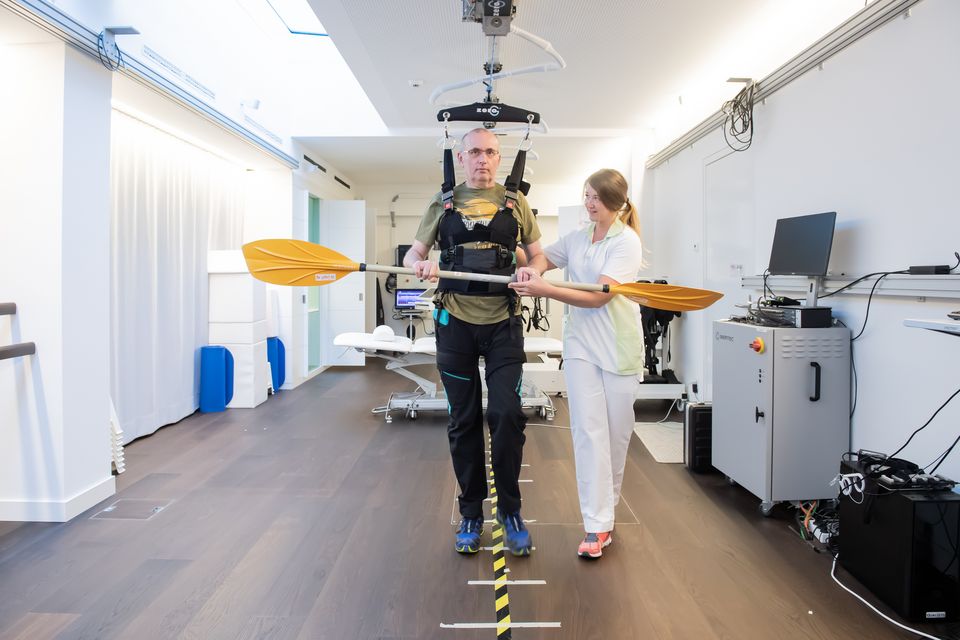
تحفيز
يحتاج المرضى إلى التحفيز الذاتي ليكونوا نشيطين في حياتهم اليومية. يركز بحثنا التحفيزي على مناهج العلاج المبتكرة لتحفيز وتعزيز التدريب والنشاط النشط في الحياة اليومية.
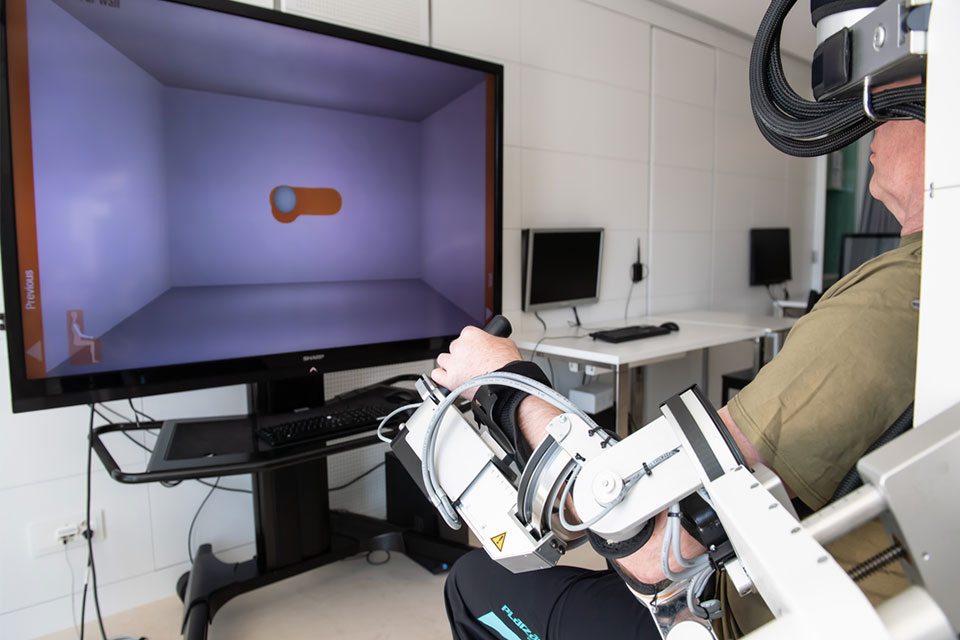
أخذ الملكية
تأتي ملكية إعادة التأهيل الخاصة بهم مع بعض التحديات للمرضى ، للقيام بالمهام المختلفة بشكل صحيح دون إشراف أو مساعدة. تركز الجهود البحثية في مؤسستنا CEFIR على إيجاد وتطوير تقنيات ذكية من أجل تجنب الأخطاء وتعزيز التنفيذ الصحيح لمهام إعادة التأهيل المختلفة.
التعاون البحثي
أحدث التقنيات في علاج السكتة الدماغية
تم تجهيز عيادة إعادة التأهيل العصبي لدينا بأحدث تحليل للحركة وأنظمة روبوتية وغيرها من الأجهزة المبتكرة لاستكمال التدريب العملي مع المعالج.
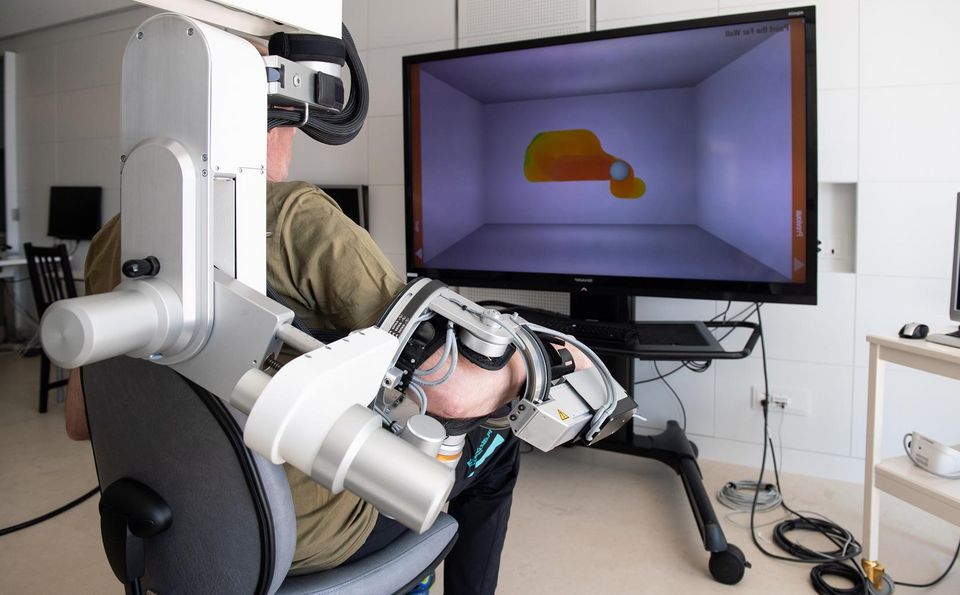
Armeo® باور من Hocoma
يساعد الهيكل الخارجي للذراع المرضى المعاقين على تدريب حركة ذراعهم من خلال المساعدة بالقوة أو
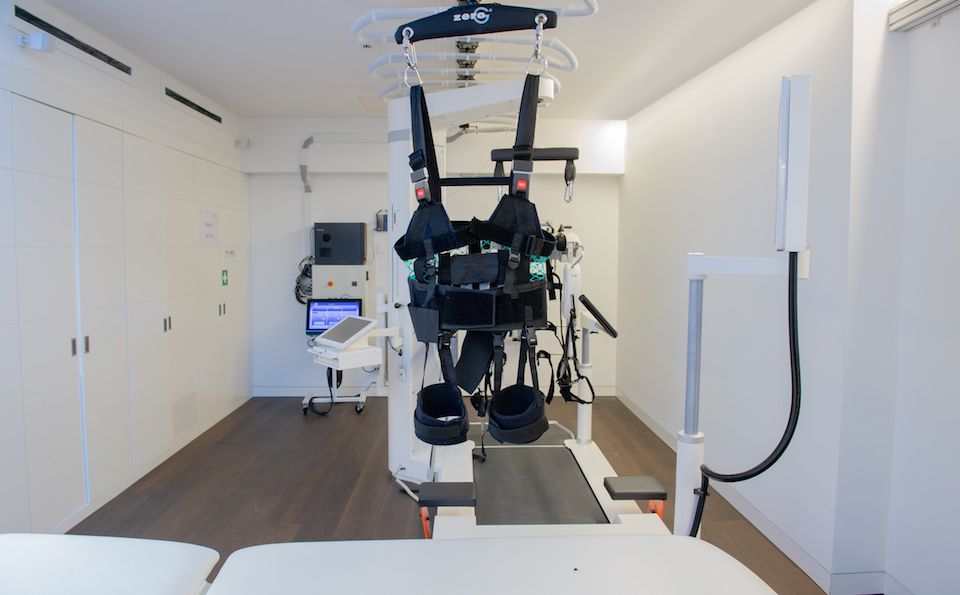
ZeroG® من Aretech
تساعد أداة التدريب على المشي المبتكرة فوق الأرض على تدريب القدرة على الحركة والتوازن. يقلل الدعم الديناميكي الجزئي لوزن الجسم (DBWS) من خطر السقوط بينما يقدم للمريض تجربة واقعية.
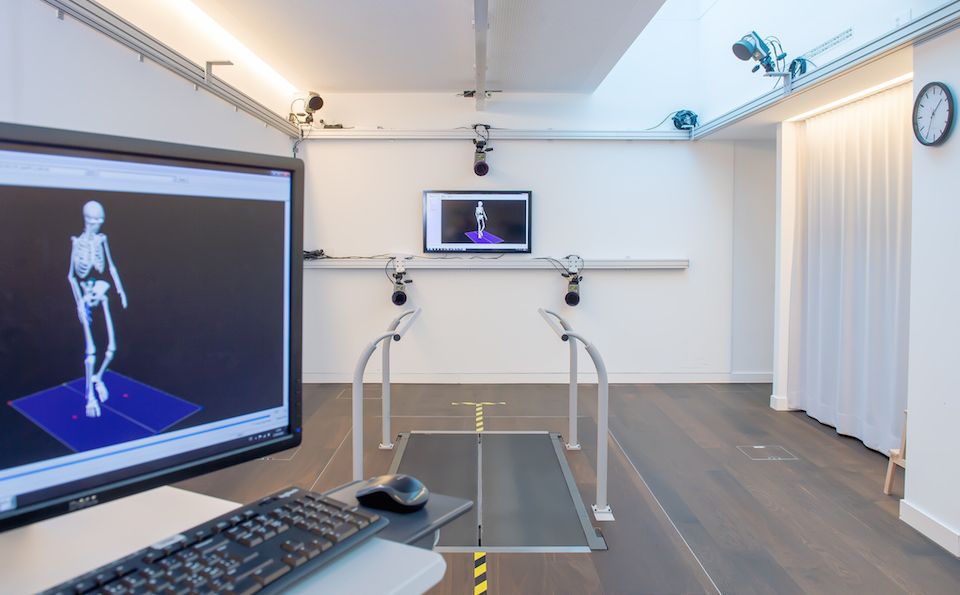
جهاز الجري ذو الحزام المنفصل
يمكن أن يؤدي التدريب على جهاز المشي ذي الحزام المشقوق بسرعات مختلفة لكل طرف إلى تكيفات الدماغ التي تجعل المشية أكثر تناسقًا. بعد السكتة الدماغية ، يمكن استخدام هذا لجعل المشية أسرع وأقل إرهاقًا.
مشاريع أبحاث السكتة الدماغية الحالية
جنبًا إلى جنب مع معهد سيرينيو للبحوث متعددة التخصصات (Cefir) ، ومستشفى جامعة زيورخ والجامعة التقنية (ETH) ، نقوم بإجراء البحوث الأساسية والسريرية بما في ذلك التجارب العشوائية التي تختبر طرق التدريب والتشخيص الجديدة.
